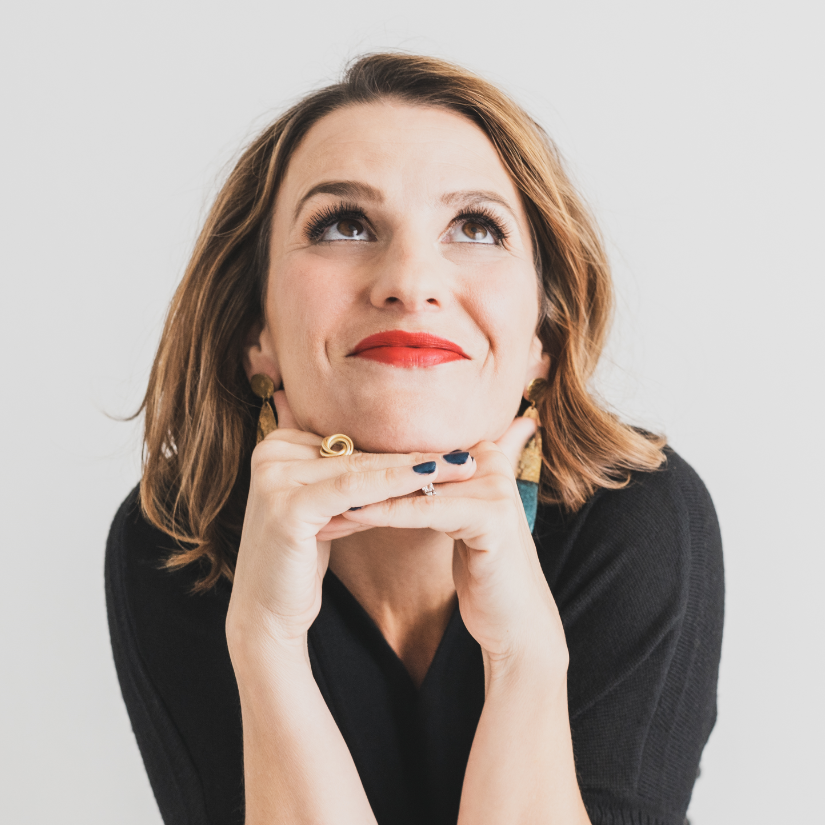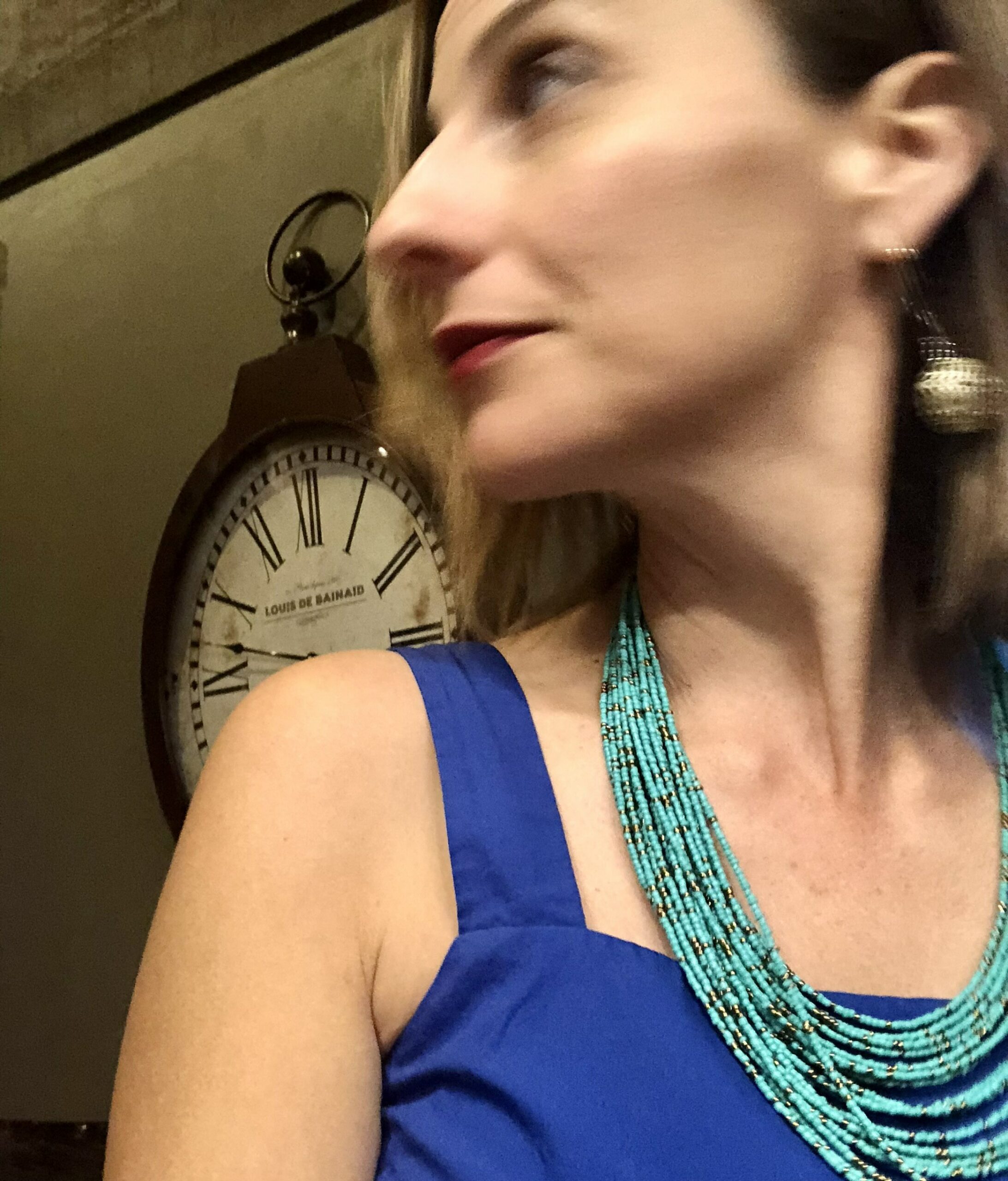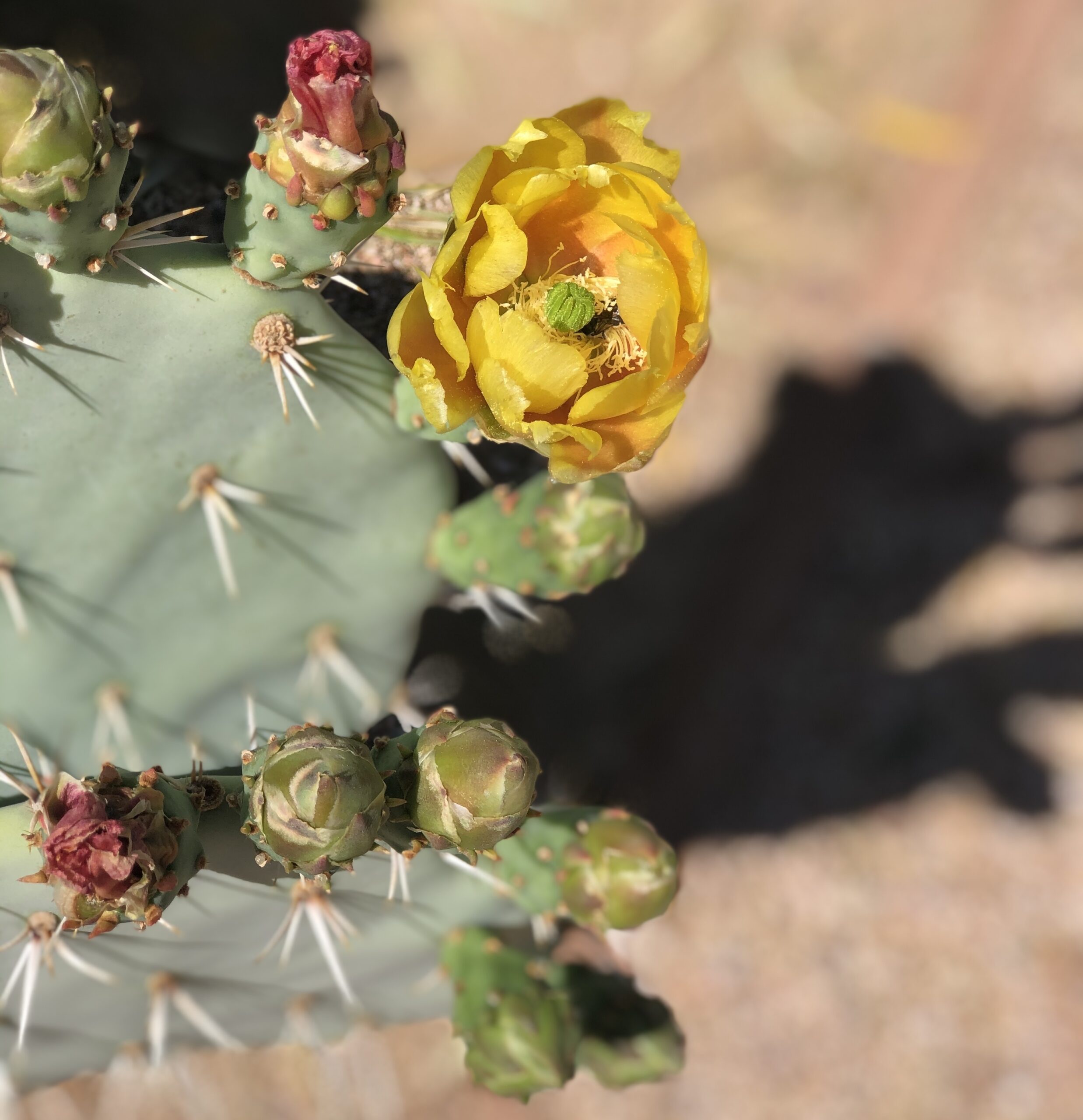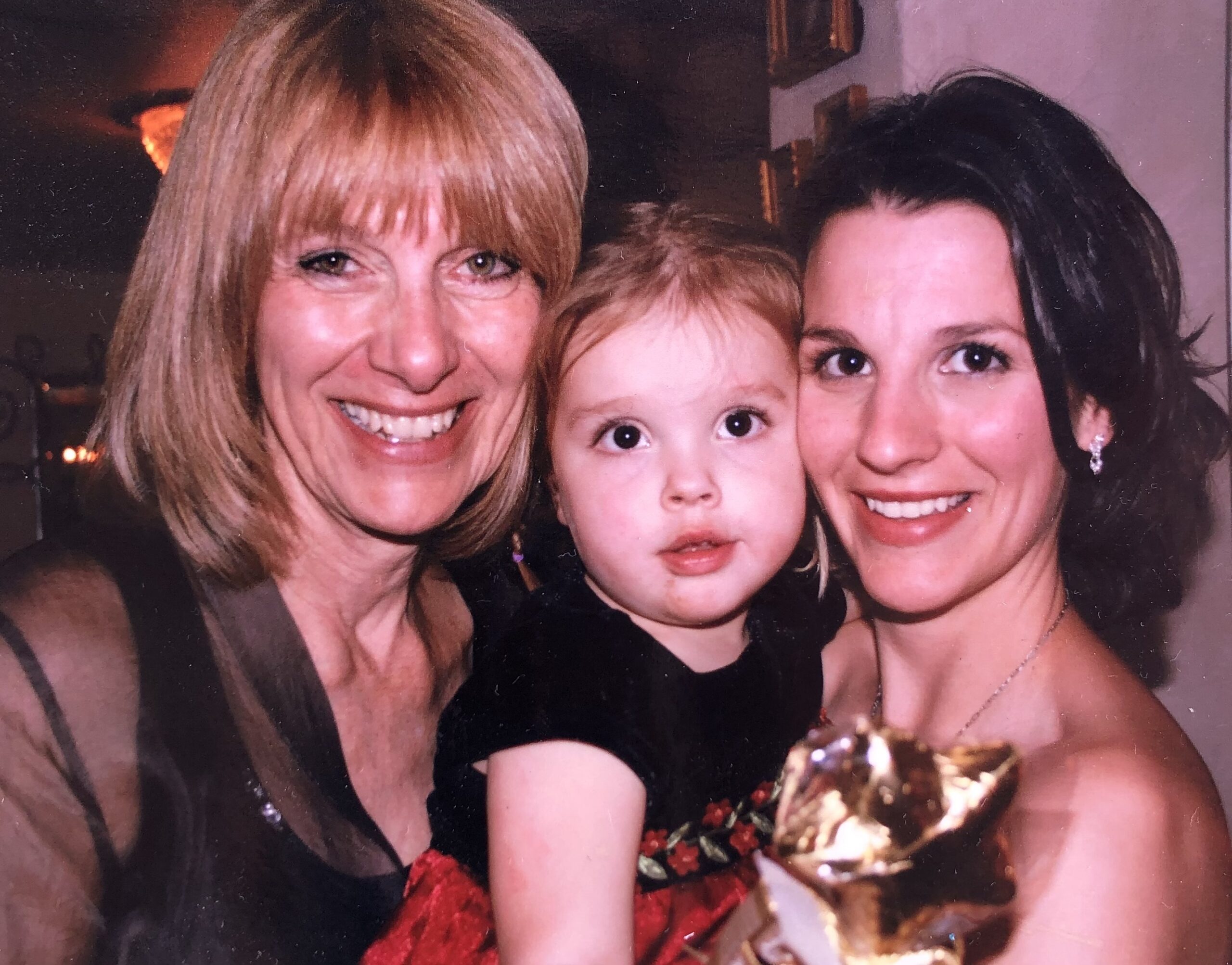The Creative Room: Finding and Owning Your Inherent Places
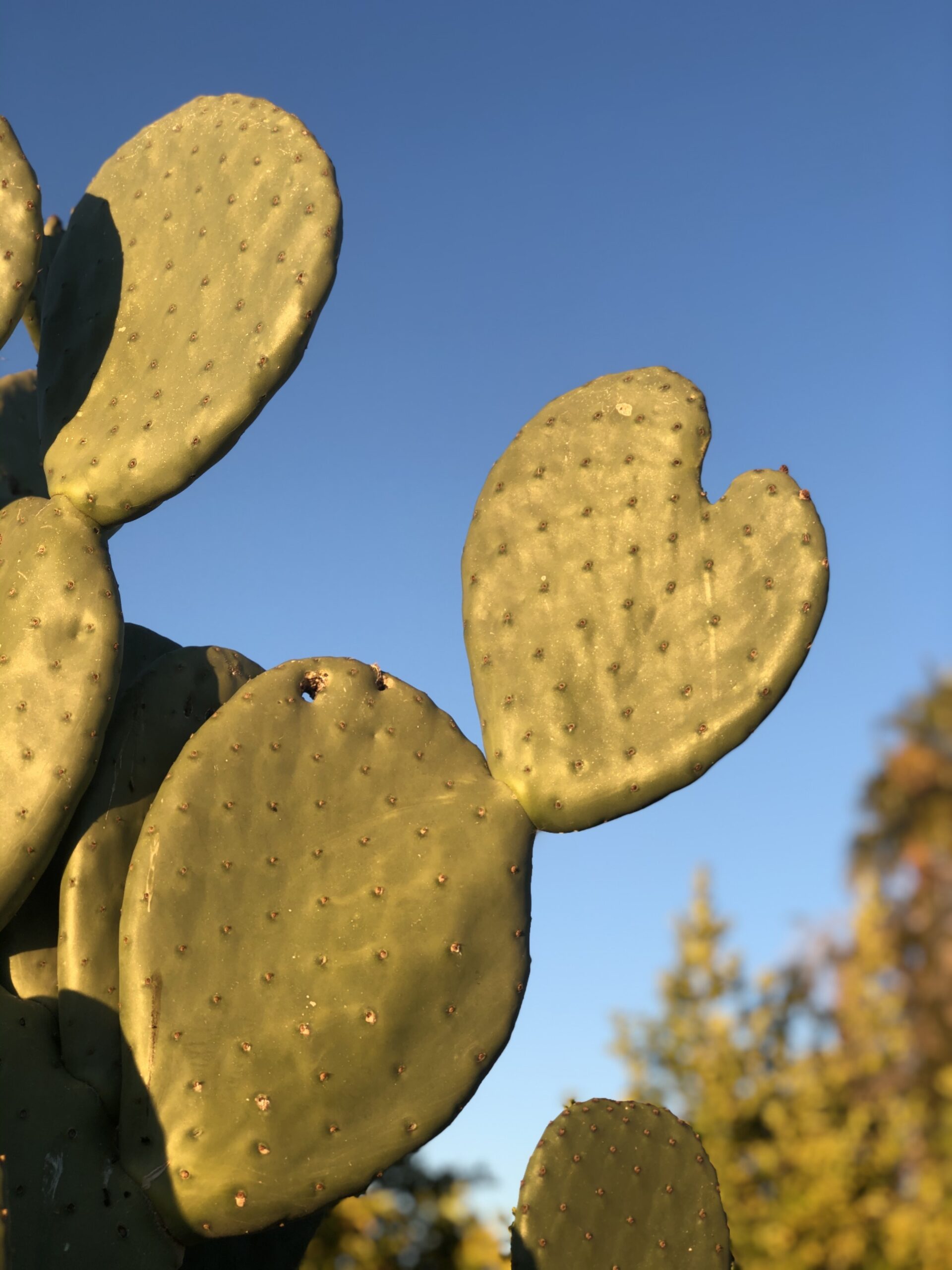
To practice integrated creativity, we must become more integrated humans.
This first and most vital step of self-knowing is recommended for most mindfulness and meaning-increasing practices.
It means getting in touch with who we are.
It means getting in touch with who we are.
But it also means continuing to touch, sense, feel and explore the undiscovered and ever-changing terrain of us.
We are not integrated because our tendency is to divide ourselves up into various parts and pieces. We block what we do not like, what we would rather not feel or we segregate the work us, from the mom us, from the creative us, from the practical us. At the root level, I believe we do this as a form of self-protection, as a way of metering out the depth and breadth of our experiences as human souls. I believe we do it as a way of portioning out our intrinsic selves and taking the world one bit at a time.
But once we have applied this approach a little, we tend to apply it a lot.
I do it, you do it.
That’s where my dreams come in.
I have this recurring dream that I am in the house I have lived in for nearly two decades now. I am happy in this house, both in the dream and in my everyday life with my family, who abide here with me.
In the dream, I suddenly discover rooms I never knew existed.
They are not necessarily hidden, but appear organically once I come around a corner or take a step I have taken a million times but land with my foot in a new room or rooms.
The rooms are often cozy, inviting. They are the stuff of my daydreams: long couches and big windows and bookcases. They are not perfect, though. They often need updating or sweeping up or dusting.
In something I read or listened to recently, I learned these types of dreams are common and that the found rooms represent aspects of ourselves we have yet to fully see and explore.
This idea has stayed with me and has reframed how I think about my dreams and how I think about myself.
Before I explored the deeper meaning of these dreams, I would wake up a bit disappointed and sometimes discombobulated that the rooms I imagined, that were so real, were not actually there. I equated it to wanting to move out of this house I have known for so long and into a new one I could really spread out in.
But now, I find myself curiously poking at the idea that I still have undiscovered parts of myself, that my deeper mind/soul/heart is working consistently and kindly in my dreams to introduce me to me.
I feel like I know myself well. I feel like I am always looking for ways to improve. I feel like I am comfortable with who I am, what I do, and what I want to experience in this life.
And yet, the vastness of the deeper me wants to introduce me to other parts of who I am.
She knows they are there.
I feel excited and thrilled and astonished and enlivened by this idea.
Creativity is like an explored room inside of us. This room comes standard within all of us. We are usually accepted for, if not encouraged to, explore our creative rooms when we are children. We go in them to imagine, to play, to paint, to draw. We begin drawing at age 3 or 4. And usually, we give it up around age 11 or 12.
That leaves us with only 8 or 9 years (out of 80) to explore, accept and celebrate our own inherent visual creativity.
Then we close it up, push it away from our main house so it is detached from us, and, like an old outhouse, forget it’s even on the property.
We do this because around middle school, we become harsh self critics about how realistic or “good” our drawings are.
As we struggle to find a way to integrate that part of us, our culture devalues the creative us. It does not, in general, value art as much as math, poetry as much as science or as personal expression much as grammar. It does not value creative thinking or behaving at that age. It values structure and conformity and fitting in. (I see signs of this changing, but convention is still the dominant force here.)
On our end, creativity makes us vulnerable. And in middle school, the last thing you want to be is vulnerable.
With adulthood comes the gift of reclaiming.
We can reclaim our creative impulses.
We can begin by stepping, with faith, into the creative rooms within us.
We can begin by thinking, “they might be there.”
We can even start by hoping we will find and enter them again. Sometimes just that is enough.
As we find the faith to setp, we may not be able to see the four walls around us, but must trust it is there.
And if we, in our thinking minds, believe we can’t find our way to this foreign room, let us try not to panic.
You might just be shown in in your dreams.
To help you tap into your creativity, subscribe to my every-other-week delicious word and visual morsel. Called Thought Cookie, this love note will feed your creative soul, spur you to think, give you an intentional moment of connection with a like-hearted friend. If you’d like to sign up, you can do so here. When you read Thought Cookie, my intention is that you feel comforted, inspired and soulfully seen.

